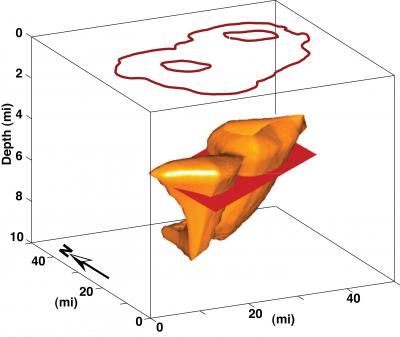A point on human extinction risk analysis.
To look at existential risk rationally requires that we maintain a cool, detached perspective. It’s somewhat hard to think of how this might be done, although watching videos of planetary destruction could actually help! As a detective needs to look at a few crime scenes before he can get experienced and move beyond being a simple gumshoe, existential risk analysts need to view simulations and thought experiments of planetary destruction before they can consider it without flinching. Because it is impossible to acquire experience of human extinction risk, as by definition no one is alive afterwards, we have to settle for simulations.
The reaction of many educated adults to extinction risk discussions reminds me of the reaction kids in my Middle School health classes had to the mention of the word “penis”: adolescent giggling. If I were to get onstage in front of a random audience and start talking about existential risk when they didn’t expect it, using words like “planetary destruction”, they’d probably start giggling, at least in their minds. Obviously, we have a way to mature as a society until we can look calmly at the prospect of our own demise. By resolving to do so yourself, you can be a part of the solution instead of the problem.
Last week a blogger for the Houston Chronicle, Eric Berger, covered my post on immortality and extinction risk, and the immaturity of most of the comments received is expected but also telling. One reader writes that we should hire Will Smith to save the world, another writes: “I don’t worry about this sort of thing, because when it happens, I’ll be dead and won’t care.” Just like how you get to see someone’s true self a little better when they’re a tad tipsy, we get to see what people really think of extinction risk analysis by their anonymous comments on a big website. When people are on the record, they aren’t likely to make pithy comments like those on the blog, but they might be thinking them, and what they say in public is likely to be a dressed-up version of these sentiments. For instance, there’s an article that appeared in The Mercury on the 22nd of April in 2003, “Disastronomer Royal: More Apocalyptic then the Pope”, which exemplifies the reaction to those who take the prospect of extinction risk seriously, referring to Martin Rees in this case. Extinction denialist articles are not hard to find on the Internet: just Google them.
Ideally, existential risk analysis should be getting hundreds of millions of dollars in funding, as the study of global warming does today. Until there are planetary immune systems in place that can respond so quickly and comprehensively that the likelihood of terminal disaster is reduced to practically nothing, existential risk mitigation should be the number one priority of the human species. And the first step is for individuals, such as yourself, to look at the prospect of human extinction in a serious way.








